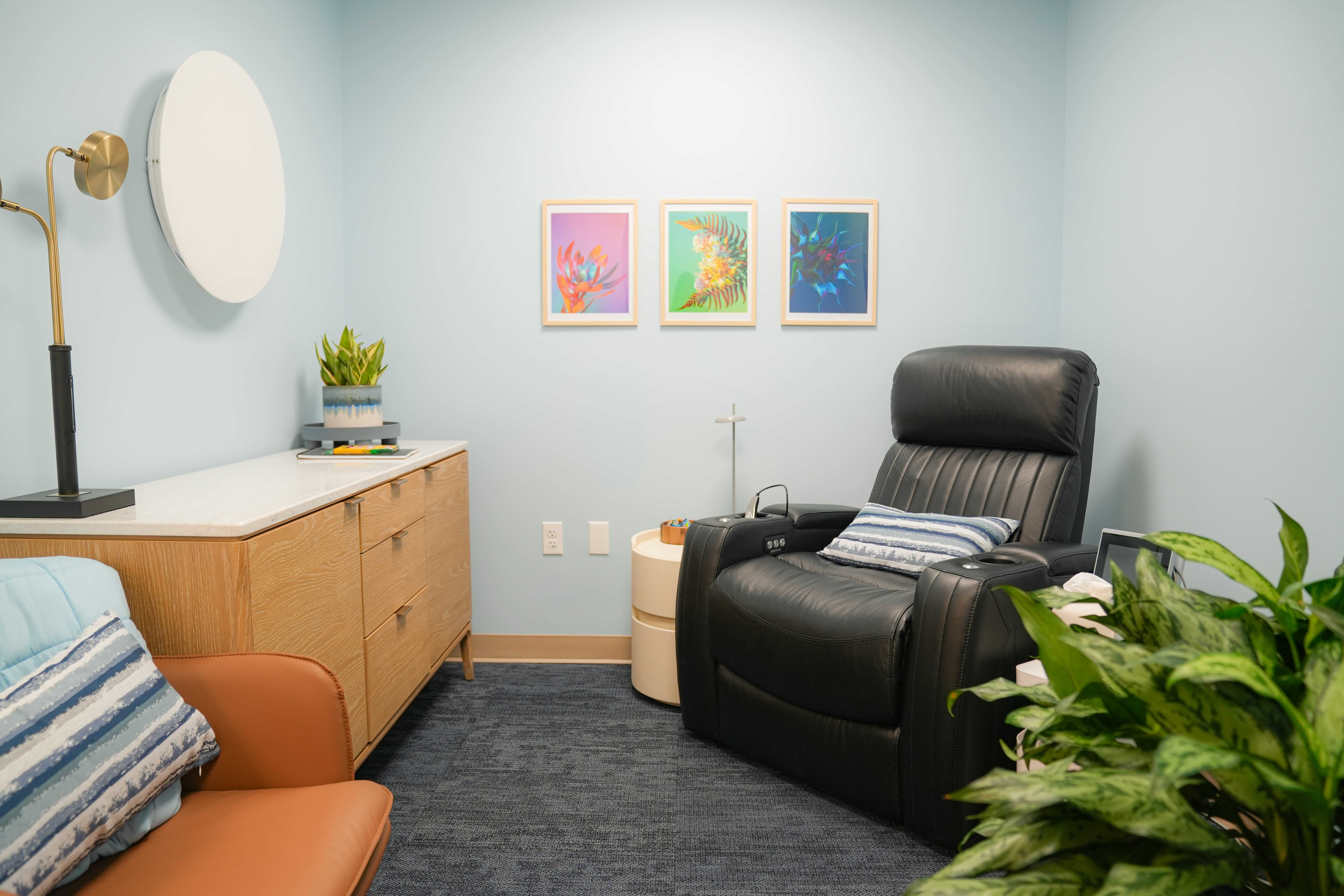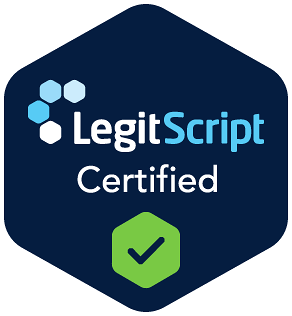Am I Too Young for Spravato or Ketamine? What the Guidelines Say — and What Doctors See
It’s a question that comes up often from young adults and their families:
“Am I too young for Spravato or ketamine treatment?”
When traditional antidepressants fail — especially in the context of treatment-resistant depression (TRD) or suicidal thoughts — curiosity about these newer options is understandable. But navigating who qualifies, what the official guidelines say, and how doctors actually make decisions can feel overwhelming.
At Lumin Health, we want to offer clarity. Understanding the age guidelines and the real-world clinical approach to ketamine and Spravato can help you or your loved one feel more informed, empowered, and prepared to ask the right questions.
What the Guidelines Say about Ketamine Therapy: FDA Approval and Age Limits
Spravato, the brand name for esketamine, is currently FDA-approved for treatment-resistant depression in adults aged 18 and older. When it was first introduced, patients were required to continue taking an oral antidepressant alongside Spravato. However, more recent clinical guidance has relaxed this requirement, acknowledging that some individuals may benefit from Spravato on its own.
For ketamine itself — particularly the formulations of ketamine delivered via intramuscular injection, IV infusion, or oral lozenges — there is no FDA-approved psychiatric indication for any age group, though it has been studied and used off-label for mental health conditions for over two decades.
But guidelines alone don’t capture the full story. Clinical practice often fills the gaps where formal approvals have yet to catch up with patient needs.
What Doctors Actually Do: The Role of Clinical Judgment in Ketamine Treatment
While the official Spravato age limit is 18, many clinicians will consider prescribing ketamine or, less commonly, Spravato off-label for patients aged 16 and older, particularly when:
- The individual is experiencing severe treatment-resistant depression
- There is significant risk of suicide or self-harm
- Conventional treatments have failed or produced intolerable side effects
- There is marked functional decline due to depression, such as difficulty with basic self care (e.g. showering, eating
At Lumin Health, decisions around younger patients aren’t made based on age alone. Instead, they are guided by a nuanced clinical assessment that considers:
- Developmental Maturity: Is the young person able to understand the treatment process, articulate goals, and participate meaningfully in treatment and follow-up care?
- Home and Social Support: Does the adolescent have a strong support system — family, friends, therapists — who can guide them during and after treatment? Studies highlight that social scaffolding is vital for helping teens integrate and process ketamine experiences. For example, a highly motivated 17-year-old with a solid therapeutic alliance and engaged family support may be a better candidate than an 18-year-old with no support network or unresolved substance use challenges.
- Mental Health History: Are there co-occurring conditions like anxiety, PTSD, or substance use? Although early data shows ketamine’s promise for treatment-resistant depression and suicidality in adolescents, comorbid diagnoses require extra caution.
- Emotional and Cognitive Readiness: Ketamine can evoke dissociative or psychedelic-like effects — shifts in time perception or sense of self. Teens must be prepared to engage with this experience safely, with strong protocols and support in place.
- Ethics & Consent: Because ketamine is off-label for minors, we emphasize robust informed consent. Parents must legally consent, and teens must voluntarily assent—able to understand and communicate the risks, benefits, and rationale for treatment. If a teen dissents, we respect that and explore alternatives unless urgent risk demands otherwise.
- Short-Course, Risk-Aware Approach: We recommend brief treatment (1–2 months) with close monitoring, because long-term safety data on the developing brain is limited. We also will discuss alternatives like ECT (electroconvulsive therapy) or TMS (transcranial magnetic stimulation) so that patients are fully supported in making the decision to pursue treatment.
In practice, these considerations are part of a collaborative decision-making process — one that involves the patient, their family when appropriate, and the broader treatment team.
The Path Forward: If You’re Wondering, Ask Lumin Health
If you or your child is grappling with depression that hasn’t responded to medications, wondering about ketamine or Spravato is natural. But there’s no universal answer to the question, “Am I too young?” That’s why a thoughtful clinical evaluation is so important.
At Lumin Health, we’re committed to guiding families and young adults through these considerations with care and transparency. If you’re considering ketamine or Spravato and are under 18 — or have a loved one who is — reach out. Together, we can explore whether this treatment makes sense, based not just on age, but on the total picture of readiness and support.





